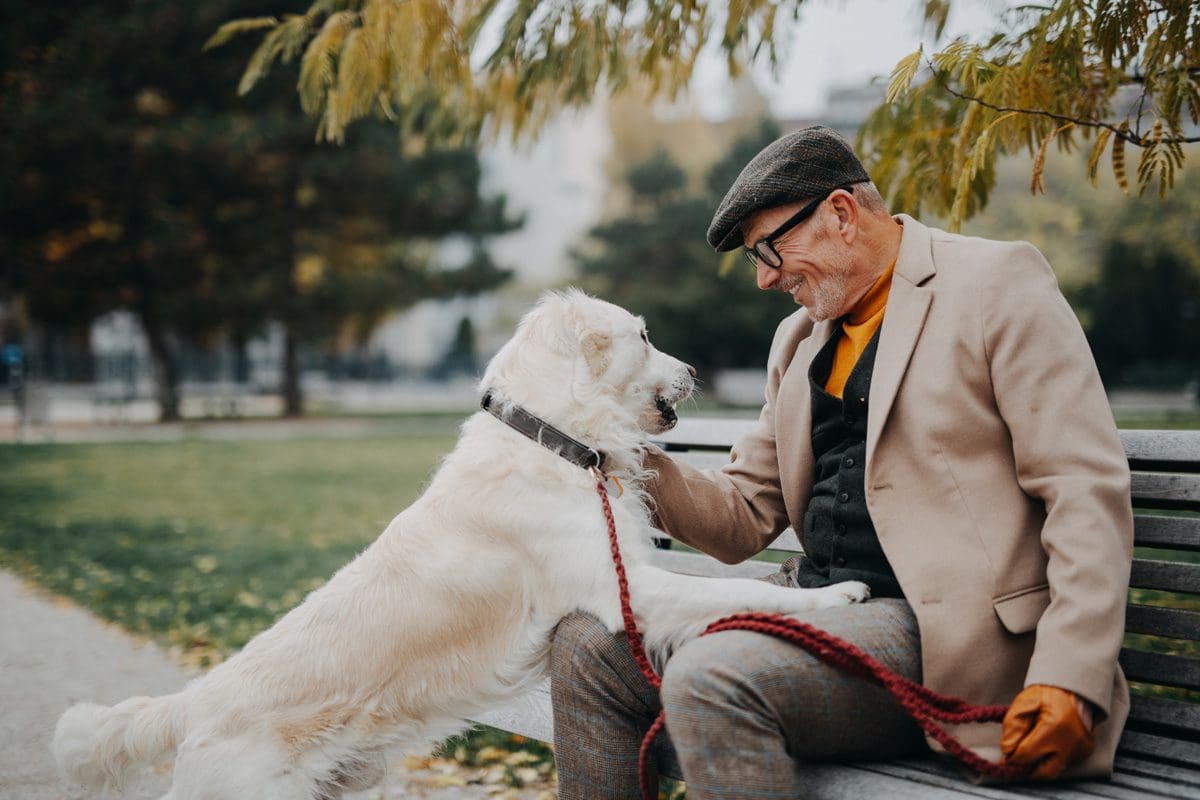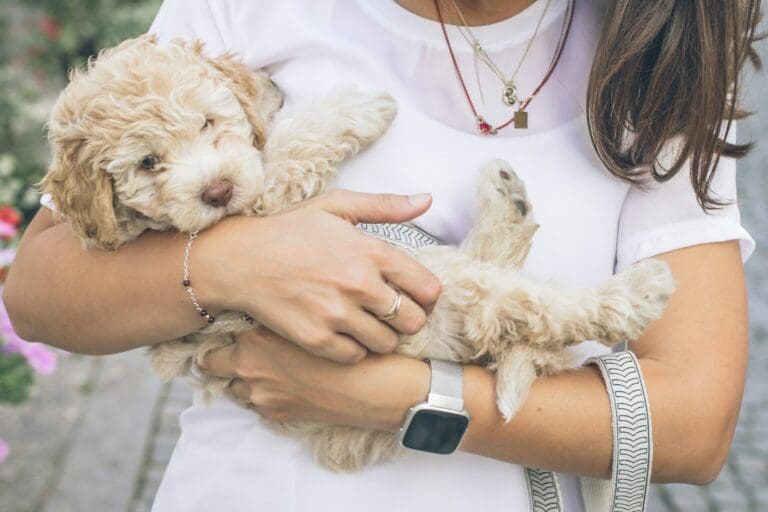Similarly to people, dogs need more care as they age. Even though your dog slows down, with the proper care they can continue to have an active and quality life. These 10 tips will help ensure your dog enjoys their golden years.
10. Schedule Semi-Annual Vet Visits
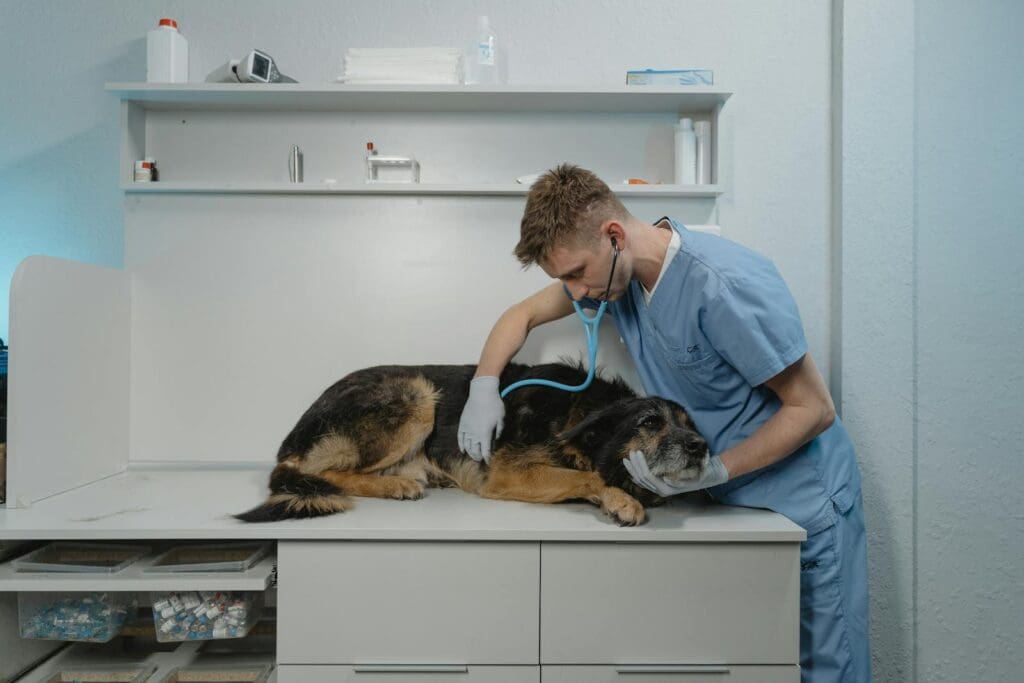
As your dog reaches its senior years, it’s a good idea to increase your veterinary visits from once annually to twice a year, according to the American Animal Hospital Association (AAHA). These more frequent visits will help ensure that any silent but clinically significant health abnormalities your dog may have are caught sooner rather than later.
9. Keep Your Dog on a Healthy Diet
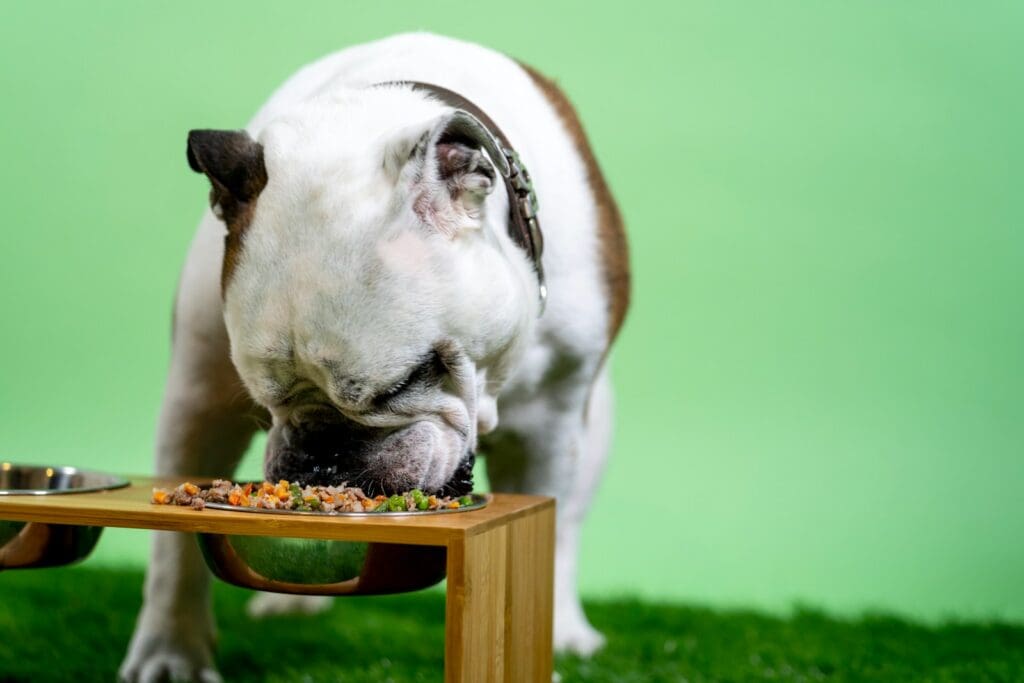
As your dog reaches its senior years, you may be tempted to pamper your pet with treats. However, the senior years are more important than ever to ensure your dog consumes a healthy and balanced diet. Weight gain puts more stress on your dog’s joints. You may want to decrease your dog’s food or transition to low-fat and reduced-calorie food.
8. Use Supplements as Directed by Your Vet
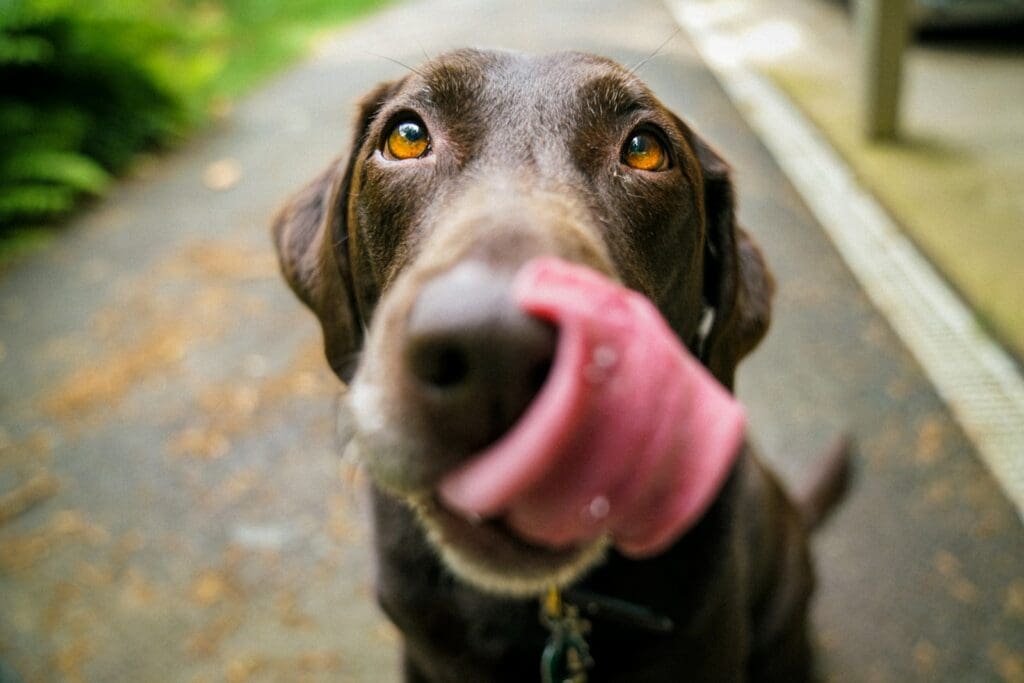
Various supplements can help your dog in its senior years. However, you should never give supplements to your dog without speaking to your vet first. With your vet’s guidance, some supplements can help with joints, digestion, skin, coat, bones, and more. With regular supplement consumption over time, you may see a big improvement in your dog’s health.
7. Watch for Signs of Discomfort
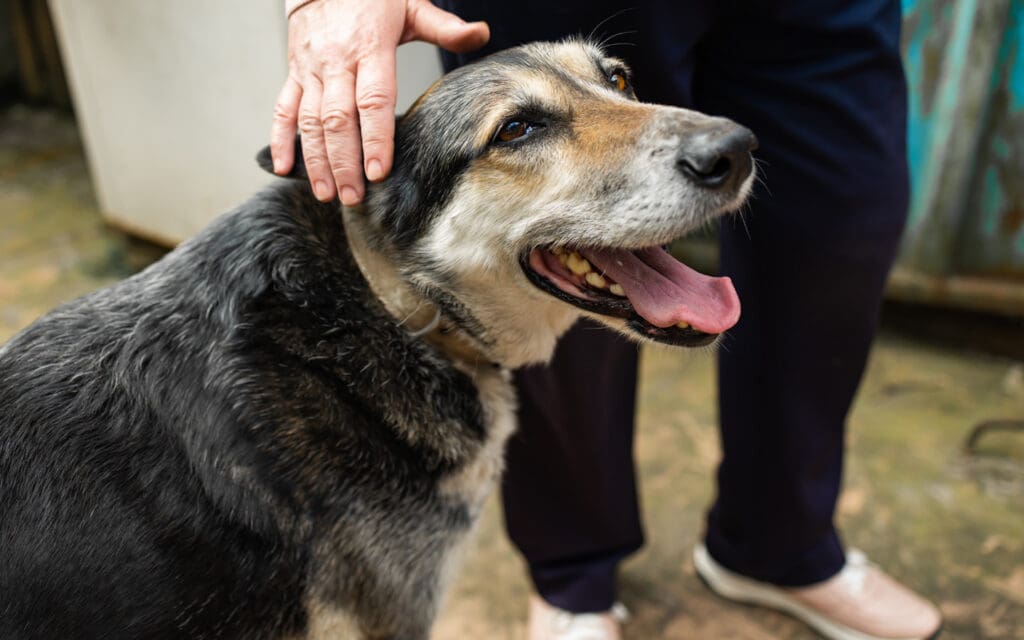
Dogs can’t express what they’re feeling, so it’s important to be watchful for signs of distress. These may include difficulties with stairs, lying down, changing positions, eating or drinking, and jumping. Limping is an obvious sign. If you see any of these, have your dog examined by a vet.
6. Monitor and Modify Your Dog’s Activities
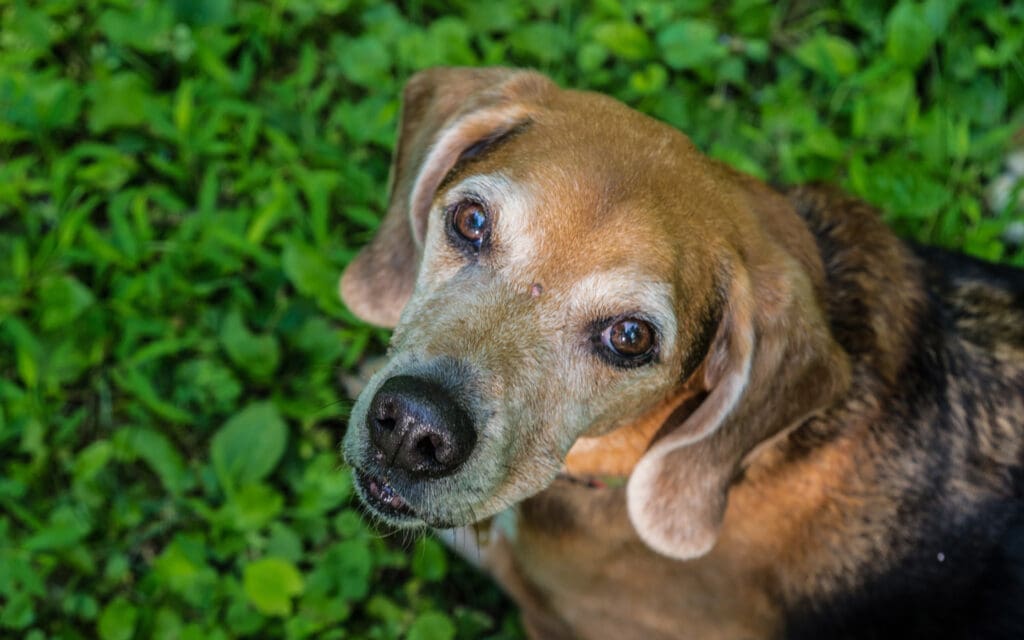
Playtime and activities may need to be modified when a dog reaches its senior years. Your dog may need encouragement to stay active. You want to ensure your dog can participate without overdoing it. Consider introducing some new activities. Swimming is great for a dog’s joints and weight management. However, they may need help in and out of the pool.
5. Play Brain Games
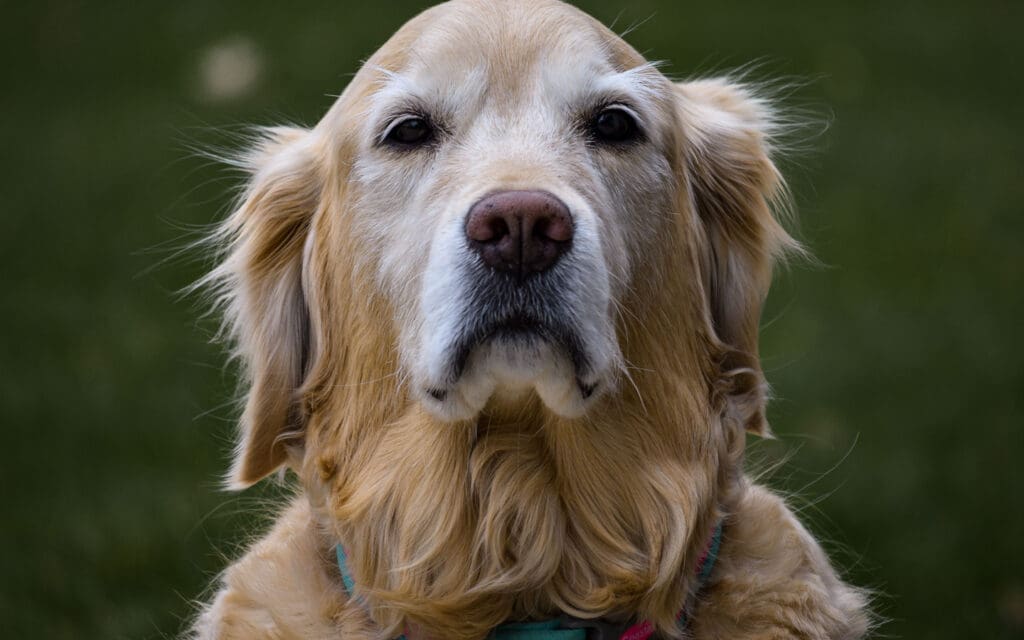
Just like people, dogs need stimulation to keep their brains active and healthy. Engaging in activities such as treat “scavenger hunts” around the house can help your dog put its nose and brain to work. I’ll play a game of hide and seek. You can use puzzle toys that make your dog work to earn a treat.
4. Engage in Adventures

Make the most of the time you have with your senior dog by engaging in adventures together. Take them to new locations you don’t normally visit. This will help stimulate their brain activity with new smells, sounds, and sights to explore. Just make sure the activity isn’t more strenuous than your dog can handle.
3. Assist With Grooming

Your dog may have difficulty grooming itself as it gets older. Depending on the breed, you don’t necessarily need a groomer and may be able to help at home. Brush your dog more frequently. They may require more frequent baths. As you bathe or brush your dog, check for any new bumps, lumps, or any areas of skin irritation.
Read More: 10 Ways to Extend Your Dog’s Life
2. Maintain Dental Care
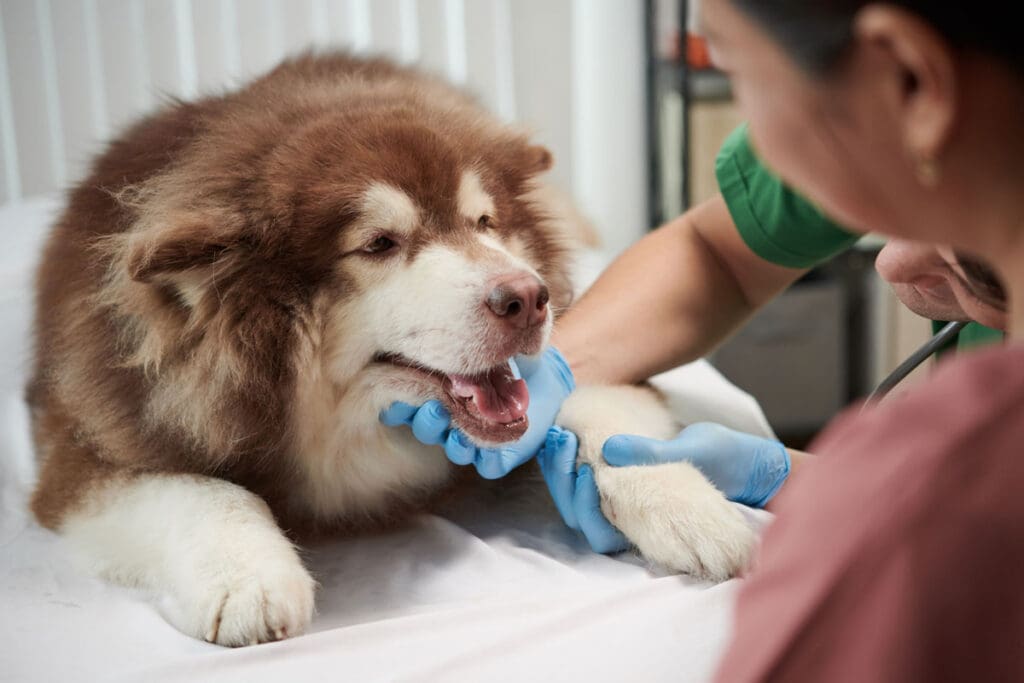
Poor dental care in a dog can lead to gingivitis, bleeding gums, infections, other periodontal disease, and inflammation that can impact blood sugar and metabolism. Chewing problems due to tooth issues are a common occurrence in senior dogs. Brush your dog’s teeth regularly with a finger brush and dog-friendly toothpaste in a circular motion at the gum line.
Read More: Barking Back: Dispelling 10 Misguided Beliefs About Dogs
1. Add Assistive Aids to Your Home
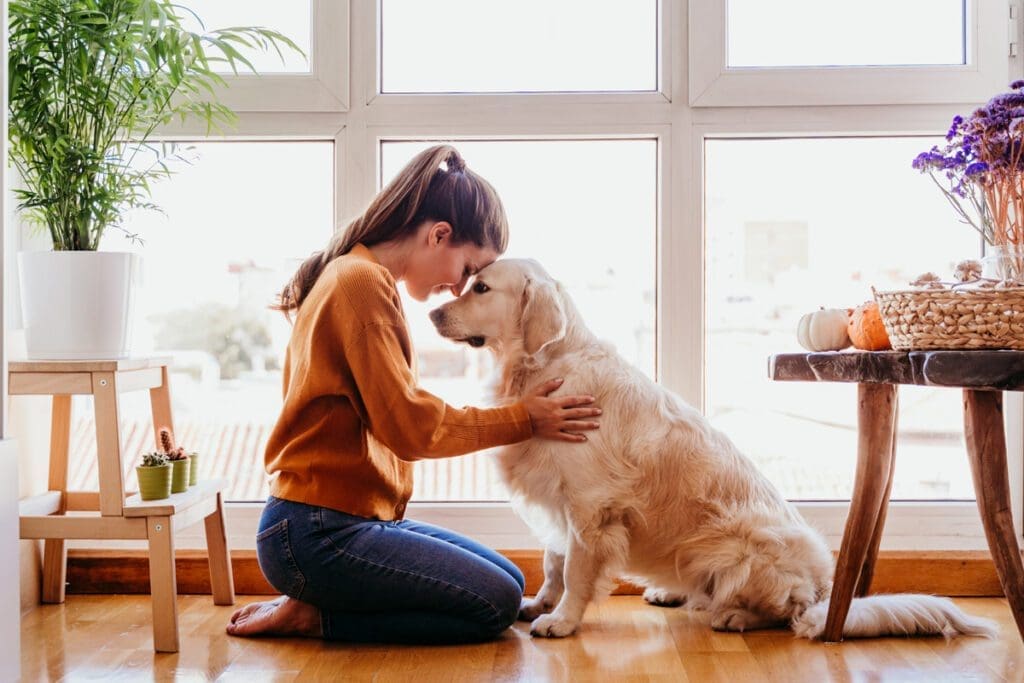
Similar to elderly people, when a dog reaches its senior years sometimes it’s necessary to add assistive aids to your home environment. Place rugs on slippery surfaces like tile and wood. Other devices include pet stairs, ramps, and elevated feeding stations. Orthopedic dog beds can take pressure off joints as they rest.
Read More: 10 Reasons to Adopt an Older Dog

